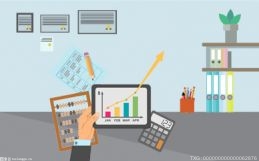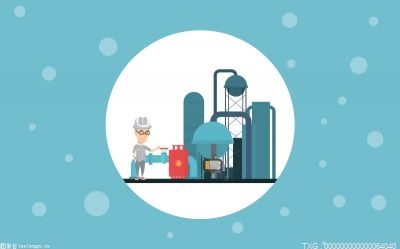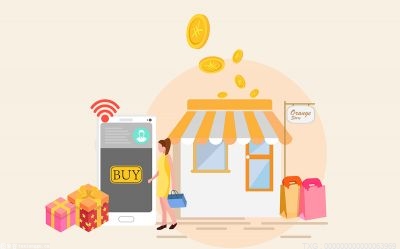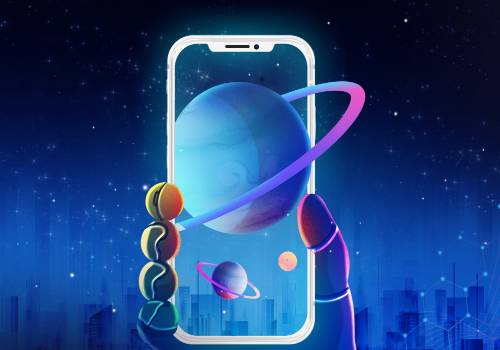"Will AI revolutionize food packaging design"has become a popular topic of discussion in the food & beverage industry since the appearance of "AI designers" such as DALL·E, Stable Diffusion, and Midjourney.
In addition to the quality of AI image generation, the speed at which it was created in "minutes" and even "seconds" contributed greatly to this surge of discussion. The design of packaging will definitely be transformed by AI, according to some; AI images are not "design" at all, according to some others, saying they are beautiful, but don"t serve any commercial purpose.
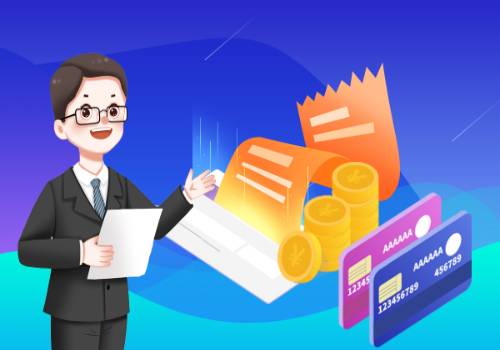 (资料图片)
(资料图片)
We explored the potential and limitations of AI to design food packaging in the earlier article and discovered that AI"s "design work" is creative, but difficult to control. Designing the final commercial version still requires human intervention.
To discuss whether AI-powered design will eventually become commercially viable, we introduced the"customer"perspective this time. Here are the key questions posed to the brand or design directors from Nestlé, Mars Wrigley, and Ambrosial:
What do you think of the results generated by AI so far?Have you used artificial intelligence to assist your design process? In what forms does it apply?How will AI-assisted design technology influence your requirements for efficiency and cost when it develops further?Will using AI in design affect the brand"s evaluation of the final design? Is it going to change how you collaborate with external agencies?In this article, we talk to Bruno Singulani, Global Head of Brand Identity and Design, Food SBU at Nestlé, Lina Su, Design Associate Director at Mars Wrigley, and Yanru Chen, Director of AMBROSIAL Brand at Liquid Milk Division of Yili Group, to get their perspectives on AI-powered design.
01 What do you think of the results generated by AI so far?
Packaging design works generated by MidjourneyImage by FBIF
Bruno Singulani, Nestlé:
I find them very impressive. At this point, I already see the value of these tools for speeding up my visualization process and providing insights into how much potential they have. However, I don"t think they"ve reached the level of quality that would qualify as a campaign or a packaging asset.
Image of a pizza box generated by Stability AI
Image by Stability AI
For instance, a beautiful pizza slice with melting cheese would be useful when I am developing a new pizza packaging. By using AI tools, it helps speed up the first stage and gives me more options regarding angles, lighting, etc., but it"s still a bit raw, not quite finalized. To put it in front of consumers, it still needs some fine-tuning and crafting.
Lina Su, Mars Wrigley:
AI tools such as Midjourney produce images that are truly beautiful, but designers still face challenges in putting them into practice.
There are a few limitations to the functionality of the generated images from Midjourney:
First of all, detailed instructions from the brand’s design guideline are not quite supported. These details are difficult to handle when designing packaging for Ida Sugar-Free Gum, for example, since the logo must not only fit into the overall design, but also occupy a specific proportion and be placed in a specific position, all of which are design specifications related to the brand.
Yida Sugar-Free Gum
Image: Wrigley Tmall Store
The second problem is that it is not always possible to understand the meaning of words. In some cases, we define the brand style, but the AI aggregates its understanding from the web. A candy brand claims to have a "fun" style, for instance, but AI may not understand "fun" as the brand does, so it is easy to make design biases.
Third, 2D images are feasible, but 3D creation is relatively limited.A 3D object or structure designed with Midjourney may not have as good quality as graphics.
Currently, the results are stunning, but they are not ready for direct completion, and still require some migration work by the designer.
Yanru Chen, Ambrosial:
Taking a look at some of the images generated so far, I think Midjourney feels more like an image-based drawing software. To generate the right image, we need to know very clearly what we want and then input it into the tool. It also means that it requires a lot from us in terms of our ability to create a brief.
From the brand"s perspective, we would expect commercialized, practicable models when it comes to packaging design. While testing some simple applications, we discovered that software like Midjourney is not very well developed commercially at the moment. Our other brands in Yili have exchanged front-end information with Baidu and other tech companies, but we haven"t seen a concrete and viable business model yet.
02 Have you used artificial intelligence to assist your design process? In what forms does it apply?
Bruno Singulani, Nestlé:
I started exploring AI tools like Midjourney and DALL·E around September of last year. I already saw their value and how I could use them to speed up my visualization process at this stage. When it comes to generating images for abstract ideas, Midjourney is very helpful. It can create a great abstract image based on a theme, such as a cover slide for a presentation.
As a global brand design leader, I also need to publish guidelines and documents. This is where ChatGPT comes in handy.It can provide you with a pretty good set of guidelines for what constitutes good food styling, photography, fonts, etc. Basically, it collects all the data that has already been published online, so the process is pretty much the same in essence as if you were doing it independently, but much faster. You can later add branded stuff you want to include.
The Open University Brand Design Guidelines
Image: Flickr
To promote the use of brand visuals, we deliver guidelines, and then the agencies from each market get to interpret, and usually, create something on top of them based on their own understandings, which does not necessarily match a global brand"s need for global consistency, speed, and efficiency. If AI-powered design becomes mature, it might be more suitable for such a role as rolling out global brand visuals.
Lina Su, Mars Wrigley:
Our team is currently performing two tasks: first, we are studying what AI tools are available and what they can do; second, we are running some small pilots to see how AI can help with real work tasks.
As a result of our exploration, we believe AI tools are particularly useful in two areas:
First, AI can find inspiration across a wide range and shorten the process.A typical design workflow involves writing down a few keywords based on the brief or the project background to think about the design points or what to express. After that, we will enter these keywords on some websites commonly used by designers, such as Instagram, to get relevant inspiration. Finally, we combine these stimulus and elements and consider how they might be applied.
A designer will probably search two or three websites for inspiration. It is theoretically possible for AI to cover a wider range in a much shorter period of time. Moreover, AI-generated content will come with some surprises in the form of "variations".
Visualization
Image: Pixabay
The other area is internal creative visualization. During a brainstorming session for a new product, not everyone who participates is a designer. Thus, non-designer team members can use AI tools to quickly generate high-quality images for a more visual presentation of their ideas instead of boring text. The pictures can also help team members better understand each other"s ideas and have more efficient discussions.
Yanru Chen, Ambrosial:
We will focus more on AI"s creative expansion function at the current stage.
The Ambrosial brand often co-brands with other brands across industries, requiring a lot of meta extension. One day, when AI systems are commercialized and there is no risk concern about copyright, we expect to demonstrate a variety of demos within a short time period in order to expand the creative options of the front-end.
It is always our goal to see more "prototype designs" since we refuse to follow the rules, especially when it comes to co-branding scenarios. A human designer has often only one or a few options, and the brand"s VI often limits them - we hope AI breaks those barriers.
However, we"re not doing zero-to-one commercial applications yet, as we"re more concerned about the legal and regulatory implications.
First of all, different jurisdictions and industries will have different legal requirements, and AI copyright itself is also controversial. It is not easy to protect design copyright, even without considering AI. Ambrosial"s products have encountered a lot of "piracy" on the market. From a distance, some of these products look exactly like Ambrosial. To sue for such obvious design infringement, though, we need to collect a lot of evidence, and the process is very complex.
In addition to what I mentioned above, the copyright issue is particularly complicated in AI design. You do not know whether this product has violated any copyrights from some designers. You do not know whether or not this finished product designed by AI will win a copyright dispute. You do not know whether or not the court will consider AI factors when making its decision - these risks cannot be avoided at the moment.
Thus, we are more likely to try small marketing scenarios and market executions, such as store posters.While this type of demand does not require high levels of creativity, there are a large number of situations, and the use of scenarios is more diverse. For example, if we make similar posters in different small stores in Shanghai, we want to differentiate the design depending on the location and the road name. By utilizing AI, you can theoretically create differentiated store designs based on these differences.
03 How will AI-assisted design technology influence your requirements for efficiency and cost when it develops further?
Bruno Singulani, Nestlé:
When it comes to speed, I don"t think human beings could ever match machines.If global brands could roll out their visual strategy faster and more cost-effectively across products and SKUs with AI’s assistance, won’t that be great?
The brand design team will need to learn to better generate the demand brief as the images generated by Midjourney are based on the ideas or prompts we input. In the end, none of those tools will provide us with the idea - but creativity begins with an idea.
The strategy remains to be our starting point. We’re looking at a business issue, facing the complexity of different geographies. After all that, it is still the strategic design lead"s role to put them all together and create the design strategy, which is irreplaceable.Moreover, they must consider how the strategy will be executed, how to improve existing visuals, etc.
In the future, as AI design technology develops, if you input brand colors, logos, product categories, competitors’ information, hierarchy of information and so on, AI may consider all of these factors and produce very effective packaging designs. Taking that into account, how do you make your brand distinctive again? We"ve seen in the users" packaging designs in Midjourney that everything looks a bit generic, right? Some of them are obviously “AI-like”.
Osmanthus cake generated by Midjourney
Image:Jenny
With AI-powered design becoming more prevalent, how can brands break routines, stand out, and build on unique assets? This will be a key question once again.
Lina Su, Mars Wrigley:
There will be some expectations indeed. I think it"s great to embrace new things, and we"re figuring out how to use these tools more effectively internally. As I mentioned earlier, we typically first look for inspiration (stimulus) before we come up with a solution, but words aren"t as intuitive as visuals, so we tend to look for materials to help us express ourselves. With Midjourney, we can express our ideas more clearly and quickly.
Although Midjourney does not generate a final draft, it can be a great source of inspiration. Finding inspiration is definitely an important part of design in terms of efficiency.In the same way that you need to find some examples to inspire yourself to create ideas as you were writing an essay, all ideas do not come from nowhere. Midjourney can thus help in this area, not only to improve efficiency, but also to improve creativity.
To better utilize the AI tools, I believe creating keywords for a better AI visualization will be a new requirement for designers in the future.
Yanru Chen, Ambrosial:
According to my intuition, AI will improve efficiency. Next is quality, and hopefully we can widen the creative funnel, so we have more options to choose from. To avoid missing out on any opportunities, I hope we can have as many options as possible.
However, if we consider from the perspective of commercialization, I think that tools like AI should replace process or low-creativity work first.
Dairy packaging design, for example, has very detailed regulatory requirements. It would already be very helpful if we could input the related regulations into the AI system, and it would make sure our package design is compliant. As an example, the net content of a productis displayed on the package as "100 grams" or "200 ml", and its size is strictly regulated to ensure consumers can read it clearly.
AMX yogurt of Ambrosial
Image: Ambrosial
Our design documents definitely meet this requirement. However, after printing and laminating, there will be some shrinkage due to different materials, and the final product may not meet the standard. As a result of our experience, we will make the fonts larger than the regulated size. To inspect the finished product, however, we still have to use vernier calipers, one of the most primitive tools. By using AI, manual inspections and double-checks can be replaced, leading to higher accuracy.
04 Will using AI in design affect the brand"s evaluation of the final design? Is it going to change how you collaborate with external agencies?
Bruno Singulani, Nestlé:
The agencies I work with are still very cautious about that, not showing much interest or at least not officially. They may also be exploring AI, but have not decided to tell the client they will use AI in their design work.
From the brand"s perspective, we pay for the idea, right? The way it was executed does not really matter. In my opinion, the tools will be the tools that will allow you to visualize execution. When we work with an agency, we focus on the creative idea first, and then how to present it; how to present it is secondary to the idea itself. So, if my agency presents me with three creative directions based on the requirements I provide, and they use AI tools to do a quick presentation of these ideas with PS finishing, I"m fine with that, as the original ideas are still generated by people who know the brand well.Isn"t it great that a design idea may now be presented in 1 week instead of 2 weeks if powered by AI?
In the future, the strategy will play an even greater role in design. The agencies may gradually divide into two categories: those who are highly strategic, more crafting and valuing the unique values humans can provide, such as craftsmanship or handwork; and those known for being efficient and able to make changes in a short period of time - these firms will rely more on AI tools.
crafting handwork
Image:Pixabay by lshoon2211
In the first category, strategic companies may have lean creative teams that do things that AI can"t. Imagine, for instance, creating a brand from 0 to 1 where the AI cannot find a reference in existing libraries, or evolving a brand that has existed for more than 100 years across the entire globe.
It will also be appreciated if the agency can tell me which option is the best.There are some agencies who show me 15 creative directions. However, I think it is just a way of passing the buck. I would prefer them to focus on the three options that appeal to me. If an agency shows me only one idea, I might be amazed and impressed, because it shows the agency is confident of hitting the right spot! It is being boldly stated that this is the best solution.
Lina Su, Mars Wrigley:
The answer to this question is actually related to the understanding of brand strategy, as AI can"t understand your brand, which still needs to be done by a human being.In spite of this point, AI can be used as an inspiration tool.
As far as working with agencies is concerned, AI can facilitate efficient communication and help visualize creative ideas quickly. While we would expect some improvement in overall cost and efficiency, we actually look more closely at whether AI tools can improve design quality as well. With AI, the designer, according to our idea, should be more inspired than when relying solely on his or her own ability.
Yanru Chen, Ambrosial:
As something new like AI emerges, some people will embrace it, while others will stick to the original method of creation. Japanese animation companies, for example, use software to draw on a large scale, but Ghibli still uses hand painting. There is no better or worse than either.
Hand-drawn Animation Frame Elements
Image: Freepik
In theory, AI will certainly increase efficiency, and this trend is irreversible from the perspective of efficiency. Compared to ten years ago, the quality of animation films in the Japanese animation industry has changed dramatically.
I personally have a great deal of interest in AI from the brand perspective. The way I am wired, I like to consider all possibilities before making a decision. Not exhausting all possible options and not having tried them is more frightening to me than filtering 20,000 possibilities.
A Japanese company, Plug Inc., for example, uses artificial intelligence to design packaging and predict markets, as you explained in one previous article. By using AI, it can quickly generate 20,000 designs, let AI recommend 20 of them, then do big data analysis and market prediction, and finally focus on 3. To apply the traditional calculation method, first, make 20,000 designs, there must be at least 100 agencies, and these 100 agencies may take different times, estimated to take a month, after this, I must still do my own market research.
By comparing these two things, it is clear that AI is a logical way to improve this process.
05 Summary
The three interviewees all expressed relatively optimistic views on AI design.
When asked whether the current AI-assisted software was ready for use in the commercial design process, they all agreed it wasn"t yet finished or fully used. However, it can now be used as a source of inspiration or a boost in efficiency, and will continue to have great potential for further technological development, which will bring more innovative applications in the future.
Among the topics mentioned, design"s commercial value may deserve further attention and consideration. Artificial intelligence is, without a doubt, disruptive, but when it comes to commercial design powered by AI and AI drawing, we"re discussing completely different topics. The copyright of AI design, which is obvious, shall not be the only concern: it is also critical to reflect on the essence of commercial design:
What do we need to do to truly achieve our business goals with AI-powered design?
In a world where we can generate visuals at a faster rate, how can we really create a "better design" instead of a “faster design”?
Highlight of AI-powered design related topics at FBIF 2023:
Several heavyweight speakers have confirmed to speak and share their insights on AI-powered design at the FBIF 2023 Food and Beverage Innovation Forum, including Makoto Ogawa, President at Plug Inc. and Shuya Gong, Design Director at IDEO. Please refer to the Pack Talks agenda on June 15 for more details.
Join WeChat Group
Find more information atEfood
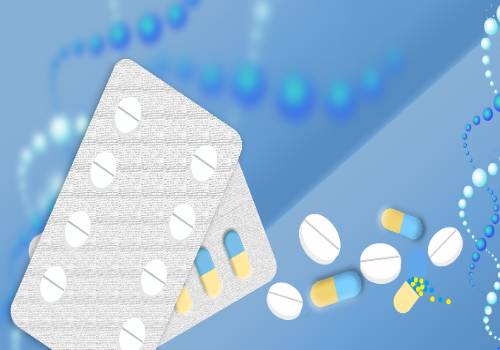

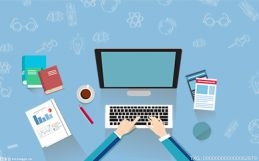
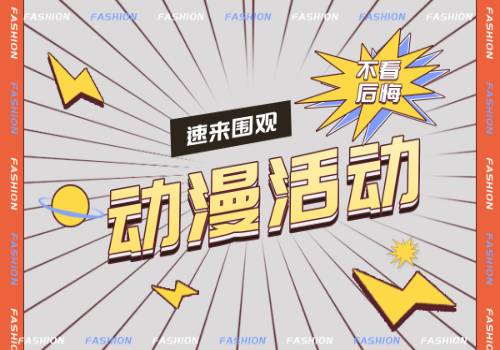
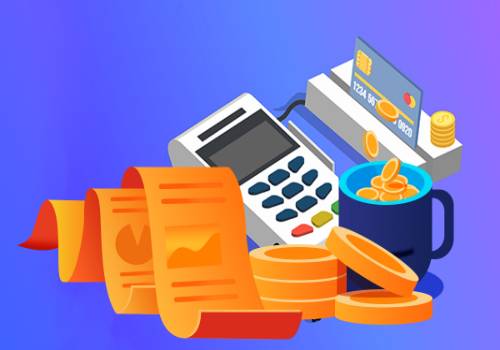






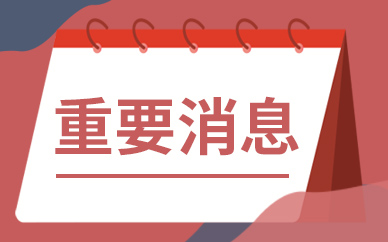



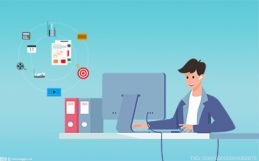





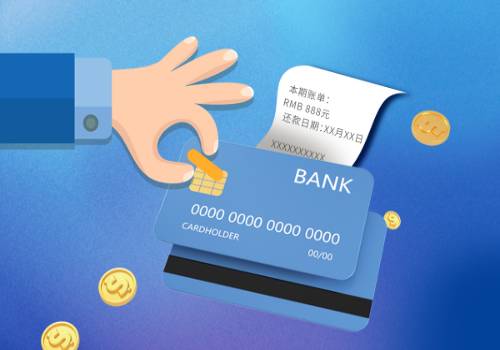
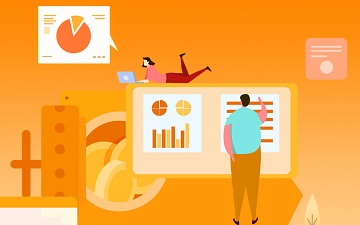







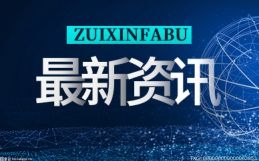


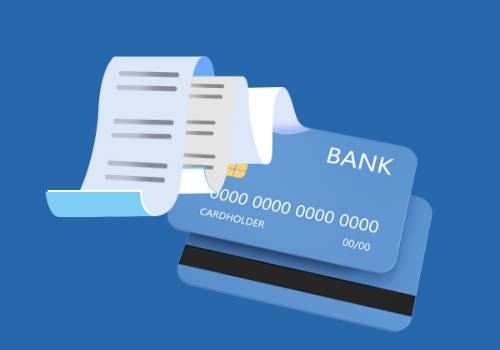








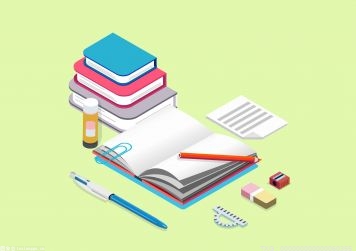


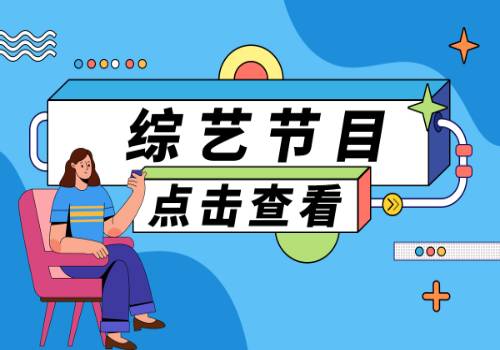









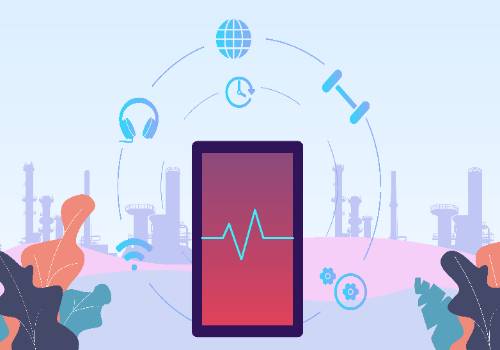

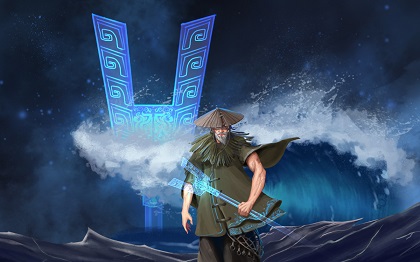











![[BDO]:国内BDO市场早间提示](http://img.rexun.cn/2022/0610/20220610101435530.jpg)
